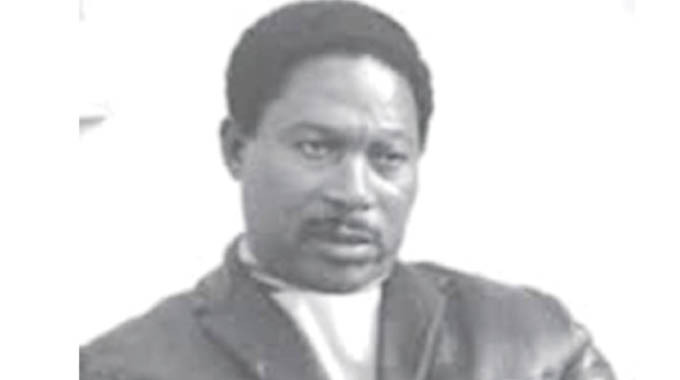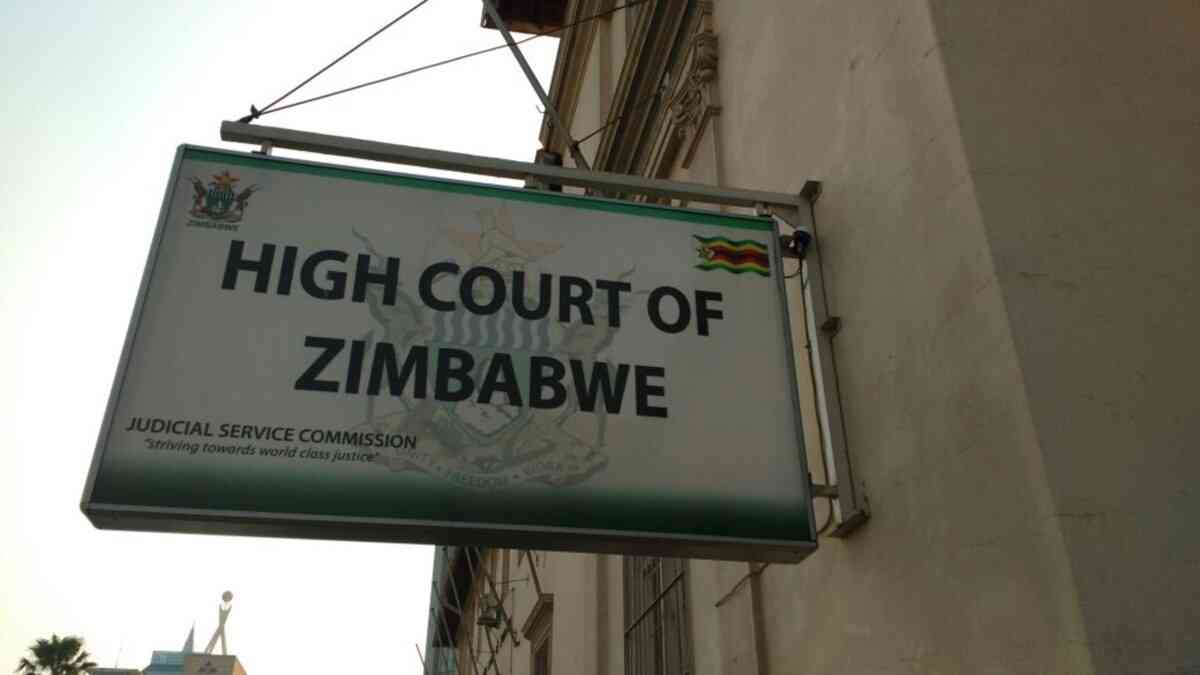
DESPITE notable rains in the past few weeks, Bulawayo’s supply dams have failed to get to the 95% threshold which city fathers hoped for, raising questions about future water supply. PATIENCE RATAMBWA OWN CORRESPONDENT
While the municipality says it has more than three years’ water supply in the dams, city fathers are worried at the insignificant water inflows into its reservoirs.
Bulawayo’s largest dam, Insiza Mayfair, is presently 86,16% full, while Mtshabezi and Lower Ncema are 93,4% and 71,8% full respectively.
Inyankuni, Upper Ncema and Umzingwane dams are only 29,2%, 33% and 36,8%, respectively.
Bulawayo City Council recently said water rationing would only be suspended if the dams’ average capacity reached 80%, however, the city’s dams only hold a combined average of 64,7%.
Council’s public relations officer Bongiwe Ngwenya urged residents to preserve water as rationing limits have not been changed.
“Residents are advised to conserve water as dam storage levels have not, to date, improved by a huge margin,” she said.
“Abuse of water risks the reduction of water allocation and increases the rate of water penalties.”
- Chamisa under fire over US$120K donation
- Mavhunga puts DeMbare into Chibuku quarterfinals
- Pension funds bet on Cabora Bassa oilfields
- Councils defy govt fire tender directive
Keep Reading
Water limits are still pegged at 750lt per day in low-density areas, 500lt per day in high-density areas and 450lt per day for residential flats with individual metres.
To compound issues for the city, the Meteorological Services Department of Zimbabwe, in a statement, said Bulawayo and the region were most likely to experience below normal rainfall from the beginning of this year to the end of the rainy season in March.










